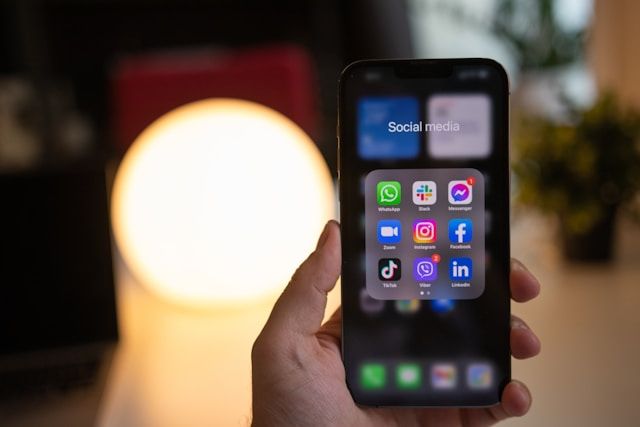Creating a mobile app can significantly boost your business or project. But deciding which platform to develop for is a big deal. The two heavyweights in the game are iOS and Android, and each has its own perks and pitfalls. In this blog post, we’ll jump into the pros and cons of developing for iOS versus Android to help you figure out the best choice for your needs.
Keep in mind that wether you’re creating your won app or searching for someone to create your app, it is always useful to know a bit of each option to make a better and well-informed choice on which app is better for you, and also to know what to look for when hiring an apple developer.
iOS App Development
Pros
- High-Quality User Experience: iOS is known for its seamless and consistent user experience. Apple’s strict guidelines ensure that apps on the App Store meet high standards of design and functionality, which often results in a superior user experience.
- Higher Revenue Potential: Despite Android having a larger market share, iOS apps tend to generate more revenue. This is due to the higher purchasing power of iOS users and their willingness to spend on apps and in-app purchases.
- Better Integration with Apple Ecosystem: If your app is designed to work with other Apple products like the Apple Watch, Mac, or Apple TV, iOS development provides a seamless integration experience.
- Robust Security: iOS is known for its stringent security measures, which can protect user data and app integrity. This is a significant advantage for apps that handle sensitive information.
Cons
- Cost of Development: iOS app development can be more expensive due to the need for specific hardware (like a Mac for development) and adherence to Apple’s strict guidelines.
- Approval Process: Apple’s App Store has a rigorous approval process that can take time and may result in multiple rejections before the app is finally approved.
- Limited Customization: Apple’s ecosystem is less flexible when it comes to customization compared to Android. This can be a limitation for developers who want to implement highly customized features.
A Closer Look at iOS App Design
Android App Development
Pros
- Larger Market Share: Android dominates the global market share, especially in emerging markets. This means a potentially larger user base for your app.
- Flexibility and Customization: Android’s open-source nature allows for greater customization and flexibility in app development. Developers can create highly tailored and unique apps.
- Easier App Approval: The Google Play Store has a more lenient app approval process, which means your app can be published faster and with fewer rejections.
- Cost-Effective Development: Android development tools are generally free, and the platform doesn’t require specialized hardware, making it more cost-effective for developers.
Cons
- Fragmentation: Android’s open-source nature leads to a wide variety of devices and OS versions. Ensuring compatibility across all these variations can be challenging and time-consuming.
- Security Issues: The flexibility of Android also comes with security risks. The Google Play Store is less stringent about app quality, which can lead to security vulnerabilities.
- Lower Revenue Generation: Despite a larger user base, Android apps tend to generate less revenue compared to iOS apps. Android users are less likely to pay for apps or make in-app purchases.
A Closer Look at Android Design
Android app design follows Google’s Material Design guidelines, which focus on creating a cohesive and intuitive user experience.
Material Design emphasizes the use of grid-based layouts, responsive animations, and padding. It also encourages the use of shadows and lighting to create a sense of depth, making the interface more engaging and user-friendly.
One of the key benefits of Android’s design approach is its flexibility. Developers have more freedom to innovate and experiment with different design elements, which can result in highly unique and creative apps. However, this flexibility can also be a double-edged sword. If you’re looking to have the best design out there, you can look into hiring an Android designer.
The wide range of devices and screen sizes means that designers must ensure their app looks good and functions well across all possible variations.
Both iOS and Android have their own sets of pros and cons when it comes to app development. iOS offers a high-quality user experience, better revenue potential, and robust security but comes with higher development costs and stricter guidelines. On the other hand, Android offers a larger market share, greater flexibility, and cost-effective development but poses challenges with fragmentation and security.
Ultimately, the choice between iOS and Android will depend on your specific needs, target audience, and budget. By understanding the strengths and weaknesses of each platform, you can make a more informed decision and set your app up for success.






